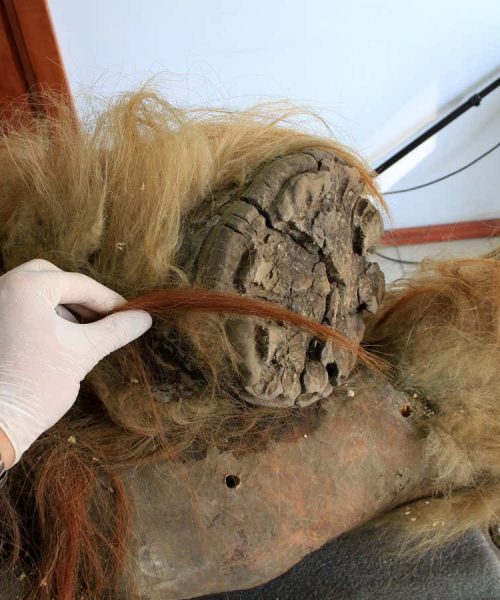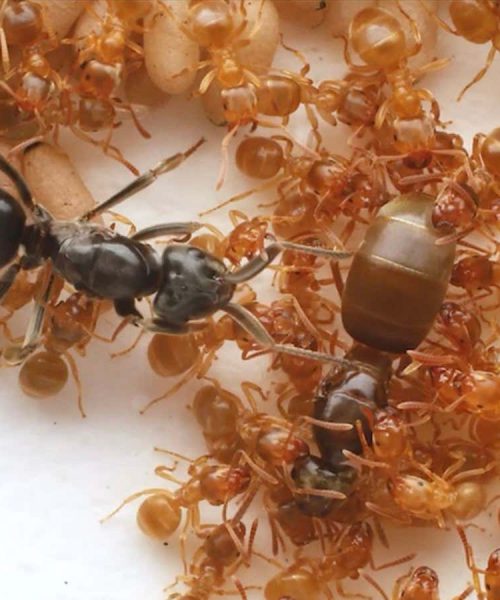
Changing the colour of crops could make it easier to distinguish desired plants from weeds
John Martin – Fotografo/Alamy
Common crops, like wheat or maize, could be genetically altered to be brightly coloured to make it easier for weeding robots to do their job, suggest researchers.
Weeding reduces the need for herbicides, but the artificial intelligence models that power weeding robots can struggle to differentiate between crops and weeds that are a similar shape and colour.
Advertisement
To get round this problem, Pedro Correia at the University of Copenhagen in Denmark and his colleagues have suggested that crop genomes could be adapted to express pigments such as anthocyanins, which make blueberries blue, or carotenoids, which make carrots orange.
Crops could also be grown to have unusually shaped leaves or to have characteristics that are invisible to the naked eye but detectable by sensors, such as in the infrared spectrum, they say.
Correia says AI’s struggles with weeding could be exacerbated as wild species are adapted for agriculture to capitalise on their abilities to cope with a changing climate. This type of novel domestication can create crops that are more environmentally sustainable and higher yielding, but they may also be harder to distinguish from their unchanged ancestors.
“We’re trying to change very few genes to make them more productive,” says Correia. “If we can change maybe one or two more genes to make them more recognisable, so that you can use robots to weed them, it’d be great.”
Charles Fox at the University of Lincoln, UK, says there is a precedent for deliberately changing the colour of crops; orange carrots weren’t common until growers selectively bred a stable variety. But he thinks genetic modification probably isn’t the easiest way of improving the effectiveness of weeding robots.
“Any other way of doing it is probably going to be a lot easier and a lot less controversial, because people generally don’t like things to be genetically engineered,” says Fox. “It sounds like a huge amount of effort.”
Correia says they aren’t suggesting creating new things or adding genes from animals. The work would involve altering the genomes of crops so they include genes for pigments that are already produced in other plants. “We are just making a few changes in the crops so that they can also have it,” he says. “We must test everything, and test for side effects and so on, but I think it’s pretty much possible.”
Topics:





